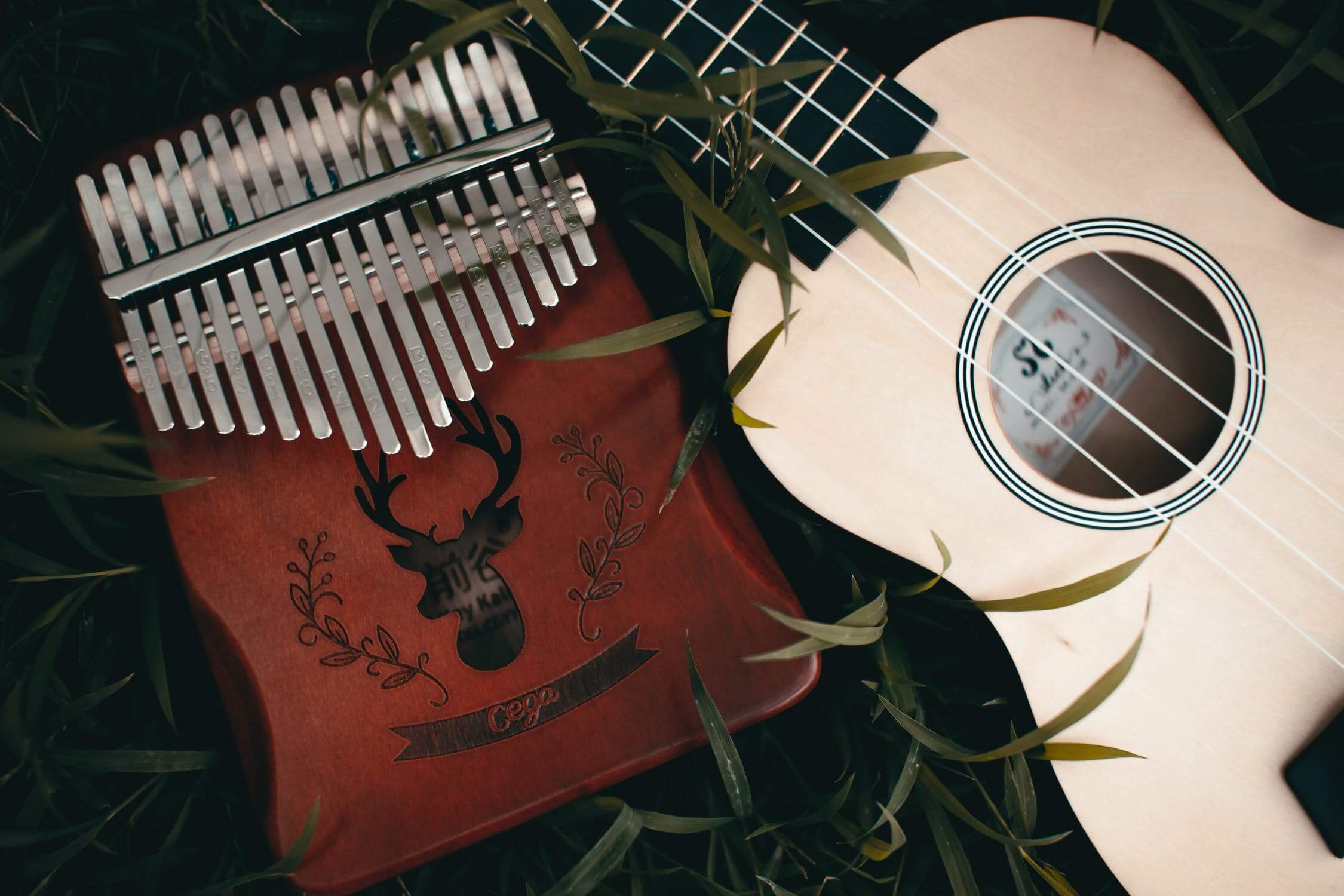The Kalimba is a traditional African musical instrument. Its sound is produced by plucking the metal tines and varies in intensity depending on the way the keys are struck. The instrument has its roots in Africa and the family that includes the Mbira. The modern kalimba owes its modern design to ethnomusicologist Hugh Tracey, who traveled to Zimbabwe during the early 1900s. He was immediately taken by the traditional music and thumb pianos of the people of Zimbabwe.
The construction of a kalimba instrument is distinct. The wooden body is made from two strips, one for each of the three tones. The other half is made of European spring steel. The keys are often homemade, made of old spoon handles, bicycle spokes, or spring wire. The keys are plucked with the thumb and the metal tongues are attached with a wooden dowel. In general, these instruments have distinct sound signatures.
The sound of a kalimba instrument is produced by a combination of sound and vibration. Pure wood kalimbas have few or no sound holes, while resonant box kalimbas have a soundhole to increase the volume. Moreover, hollow-bodied kalimbas have more spaced-apart keys, making them ideal for acoustic experience and smaller hands. However, the traditional wooden kalimbas are a great choice for beginners, and children as young as two years can play them.
The key that a Kalimba is tuned to depends on the skill level of the player. For example, a 21-key Kalimba is too advanced for a child under the age of eight. A 17-key kalimba is more suitable for an adult who is at an intermediate or novice level. Some kalimbas come with tuning hammers. You should purchase one with the appropriate key and syllable sticker set.
To play kalimba songs, you have to learn three skills. First, you need to learn how to play single notes on the instrument. Once you have learned the basics, you can move to chords and learn how to play double-stops. Second, you need to learn how to play in both keys, which is called a double-stop on the kalimba. Finally, you need to learn the techniques of playing a chord on the kalimba.
The kalimba is found in many parts of Africa. Its unique sounds and rich history have influenced musicians from across the world. In the 1920s, English ethnomusicologist Hugh Tracey moved to Africa and discovered the wooden Kalimba. In the 1920s, he began manufacturing Kalimba Tabs and sold them to western society. The popularity of the kalimba instrument has grown enormously since Tracey's time.
In order to play a kalimba effectively, you need to master the art of holding it properly. You should place your thumbs on the tines of the kalimba, and your index finger should rest on its sides. Remember to use your thumbs to pluck the kalimba's tines. Remember that fingernails play a very important role in playing the kalimba, and without fingernails, you'll struggle to play many of the advanced techniques.
The next step is to learn how to tune your kalimba. There are apps for kalimba tuning that can be downloaded onto a phone or a guitar tuner. The apps will tell you whether a particular note is too high, too low, or just right. If you are not a computer-savvy musician, most kalimbas will come with a note key chart. It can be an independent illustration or engraved onto the wooden body.
Conclusion
Getting the right sound from a kalimba is not difficult. However, you'll need to learn about octaves. Octaves are important for producing harmonies. You can use a piano or chromatic tuner to tune a kalimba, although a guitar tuner won't give you the best results. You can also find a tuning guide online. While it might not come with any instructions, you'll find plenty of helpful tips for playing the kalimba.


